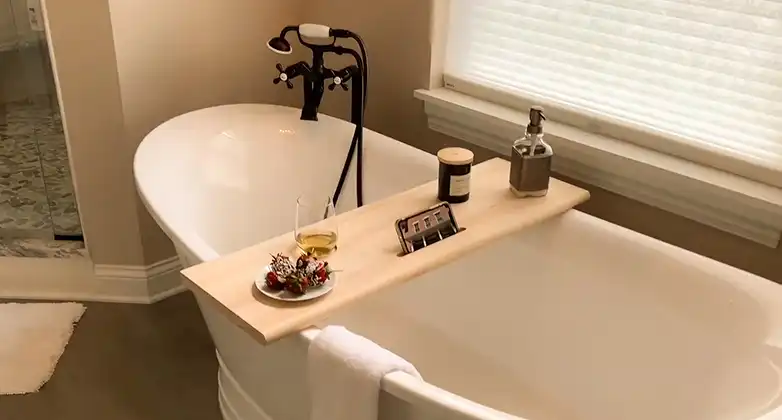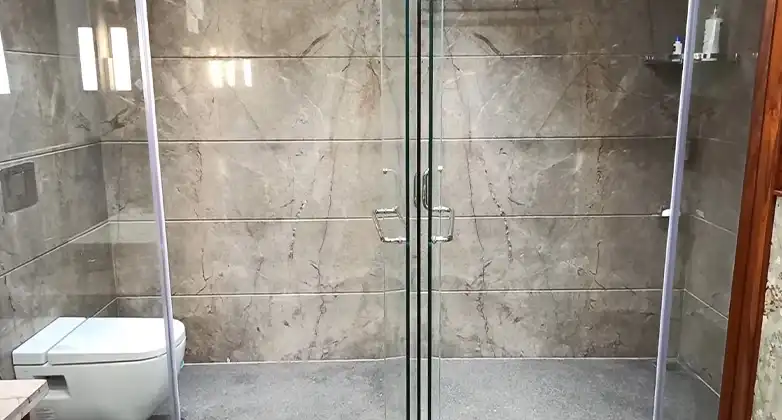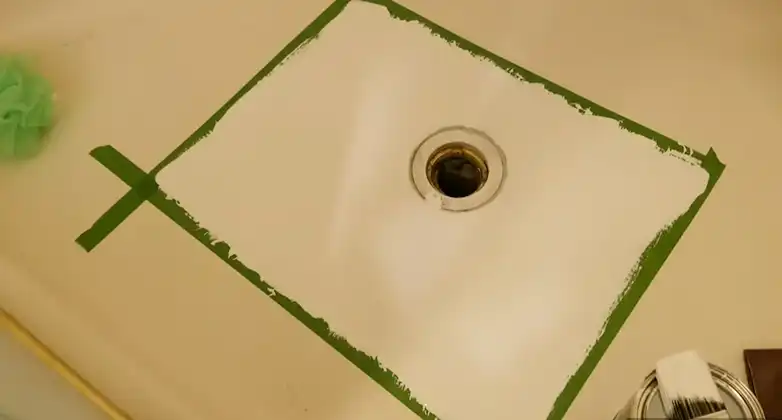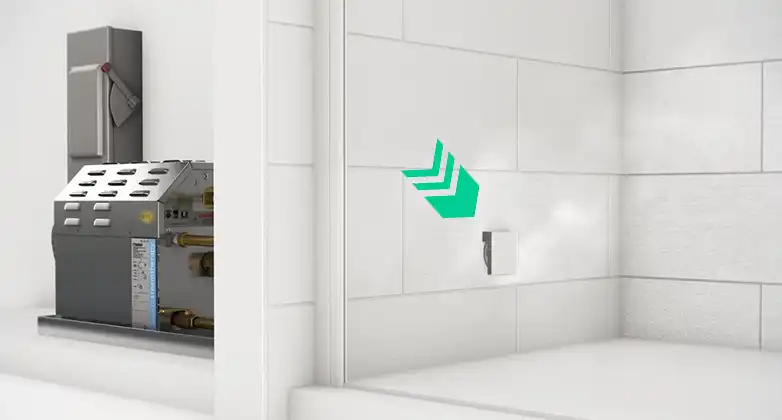You can always elevate your bathing experience with a bath board, a fantastic accessory that brings practicality, style, and enhanced comfort to your daily routine. If you’re currently crafting a wooden bath board, you may be wondering which wood is the ideal choice.
This article can be your trusted companion in selecting the perfect wood for your bath board. Let’s delve into essential factors such as water resistance, durability, aesthetics, sustainability, and maintenance requirements, ensuring that you make a well-informed decision.

Factors to Consider when Choosing Wood for a Bath Board
When selecting wood for your bath board, several factors come into play. Choosing the right wood for your bath board is essential to ensure it is both functional and visually appealing. Here are some factors to consider when selecting the wood for your bath board:
1. Water Resistance: Choosing a wood species that can withstand moisture is crucial. Look for woods like teak, cedar, and ipe that naturally repel water.
2. Durability: Bath boards need to be strong and able to withstand regular use and the impact of water and cleaning products. Oak, walnut, and ash are popular choices because of their excellent durability.
3. Aesthetics: The color, grain pattern, and overall appearance of the wood should complement your bathroom decor and personal style. Teak and cedar offer warm, natural tones and beautiful grain patterns.
4. Sustainability: Consider the sustainability of the wood you choose. Look for woods certified by organizations like the Forest Stewardship Council (FSC). Also, consider alternative options like bamboo, which is a sustainable choice.
5. Maintenance: Some woods may require regular sealing or finishing to protect them from water damage and maintain their appearance. Ensure you can commit to the necessary maintenance routines to keep your bath board in optimal condition.
By considering these factors, you can choose the most suitable wood for your bath board. Remember to find a balance between water resistance, durability, aesthetics, sustainability, and maintenance requirements to ensure your bath board enhances your bathing experience and lasts for a long time.
Water-Resistant Wood Options for Your Bath Board
When it comes to bath boards, selecting water-resistant woods is essential to ensure longevity and durability. Here are some popular choices known for their ability to withstand moisture and resist water damage:
- Teak: Renowned for its natural oils, teak is highly resistant to water, making it an excellent choice for bath boards. It resists warping, rotting, and decay, even in high-moisture environments.
- Cedar: Cedar wood contains natural oils that act as a barrier against water absorption. It resists cracking, shrinking, and warping, making it a reliable option for bath boards.
- Ipe: Known for its extreme durability, ipe wood is naturally resistant to water, decay, and insects. It can withstand the harshest conditions, making it an ideal choice for bath boards.
- Marine-Grade Plywood: This type of plywood is specifically designed for water-related applications. It features waterproof adhesive and is constructed with layers that resist moisture penetration.
By choosing water-resistant woods like teak, cedar, ipe, or marine-grade plywood, you can ensure that your bath board remains resilient and maintains its aesthetic appeal even in the damp bathroom environment.
Sustainability and Environmental Considerations
In an era of increasing environmental awareness, selecting sustainable wood options for bath board construction is paramount. We emphasize the importance of choosing woods certified by organizations like the Forest Stewardship Council (FSC) to ensure responsible sourcing and minimal impact on forests. We also explore alternatives to traditional woods, such as bamboo, known for its rapid growth and eco-friendly characteristics.
Alternative Materials for Bath Boards
While wood is a popular choice for bath boards, there are alternative materials available that can be used to create functional and stylish bath boards. These materials offer unique advantages and can be considered based on individual preferences and requirements. Here are some alternative materials for bath boards:
- Bamboo: Bamboo is a sustainable and eco-friendly option that is gaining popularity. It is known for its natural water resistance, strength, and durability. Bamboo bath boards can add a touch of elegance to your bathroom while being environmentally conscious.
- Plastic: Plastic bath boards are lightweight and easy to maintain. They are resistant to water damage and do not require sealing or finishing. Plastic boards are available in various colors and designs, offering versatility and affordability.
- Composite Materials: Composite materials, such as fiberglass-reinforced plastic (FRP) or solid surface materials, offer a combination of durability, water resistance, and design flexibility. These materials can mimic the look of natural stone or wood while providing enhanced performance and ease of maintenance.
When choosing an alternative material for your bath board, consider factors such as water resistance, durability, maintenance requirements, aesthetic appeal, and budget. Each material has its own unique characteristics, so it’s important to select one that suits your specific needs and preferences.
FAQs (Frequently Asked Questions and Answers)
Are there any specific wood species to avoid for bath boards?
Yes, certain wood species, such as pine or poplar, are less suitable for bath boards due to their lower resistance to water and potential for warping or deteriorating over time.
What are the advantages of using wood for a bath board?
Wood offers a natural and visually appealing aesthetic, is durable and sturdy, and can withstand the moisture-rich environment of a bathroom.
Can I use reclaimed or recycled wood for a bath board?
It is possible to use reclaimed or recycled wood for a bath board. However, it’s important to ensure that the wood has been properly treated and sealed to withstand moisture and prevent any potential health risks.
What if I prefer a different material instead of wood for my bath board?
If wood is not your preferred choice, there are alternative materials available, such as acrylic, or composite materials. These materials offer different benefits in terms of water resistance, durability, and design options.
Conclusion
In conclusion, choosing the best wood for your bath board involves considering factors such as water resistance, durability, aesthetics, sustainability, and maintenance requirements. By selecting the right wood species and employing proper construction techniques and maintenance practices, you can create a bath board that combines functionality, durability, and visual appeal. Enjoy the luxurious bathing experience provided by a well-crafted bath board, knowing that you have chosen the perfect wood to suit your needs and preferences.





